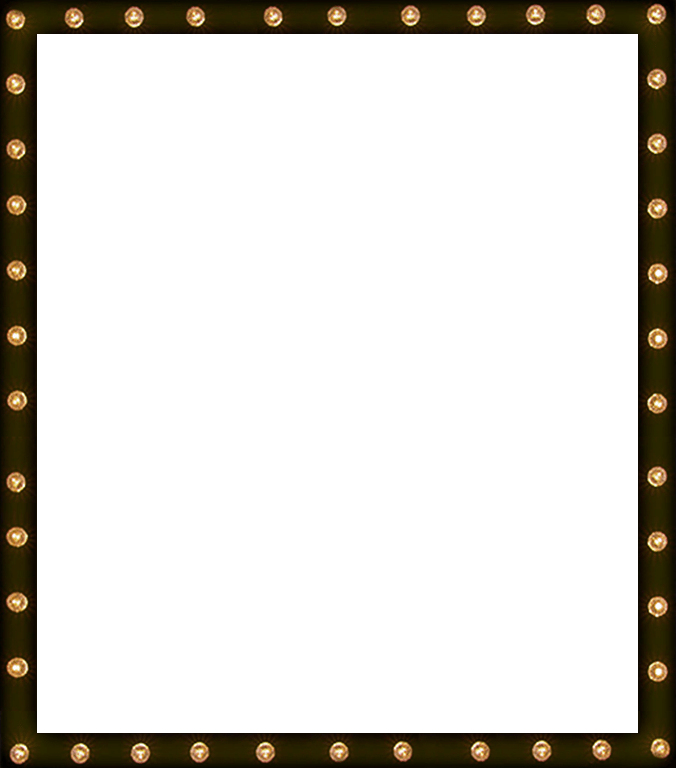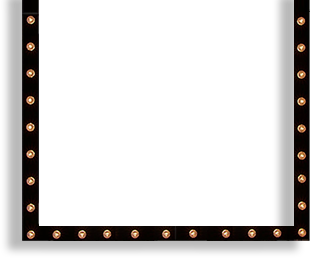I have rarely seen such a large ensemble with so many great actors so modest and approachable. The patchwork of embodied stories, in which t …








A kaleidoscopic beauty
13 december 2023
While ITA’s old hall fills with premiere audiences, there are also people walking around on stage. They are busy putting things in order in various places around the empty playing floor. Anyone who knows the work of Hotel Modern knows that they must be miniature theaters that are being finalized.
For example, there is the arrangement of twigs, leaves and loose black earth in what from a distance looks like a huge terrarium. It also apparently contains a conveyor belt of clear plastic with some green tufts of paper. While rotating and with the right lighting, the moving plastic becomes a river, just as the twigs and the earth become a forest, or a battlefield. The camera blows up the miniatures into grand scenes and intense close-ups.
Guy Cassiers invited Hotel Modern for his staging of Primeval and other times, a book by the Polish writer and Nobel Prize winner Olga Tokarczuk from 1996. The novel, adapted for this occasion by dramaturge Peter Van Kraaij, is about a small village somewhere in Poland . It has been visited by wars and revolutions over the decades, just as the seasons and generations follow each other.
Primeval is an achaic place, as we soon learn. There is a forest and a river, there are fields and a water mill on the river to grind the grain. People live in stone houses and huts, and there is a large landowner who lives in a palace. His wife (or is it his daughter?) does good works and watches the money, while the master of the house is lost in thoughts of a philosophical and theological nature.
The opening of the performance – the stage initially remains bare like a tidy stage workshop, but here and there a screen comes down from the grid – is done by Pauline Kalker of Hotel Modern. Dressed in starched black skirts and aprons, her gray hair in a bun that is as modest as it is manageable, she explains where Primeval lies, not in relation to what we know, but entirely from within. To the north lies the temptation of escape through a main road, to the south if I remember correctly there is a town where the danger of greed lurks. To the east and west the village is bordered by the river and the forest, each of which also has an enchanting effect on the villagers.
Kalker, Arlène Hoornweg and the others from Hotel Modern do not play any roles in the story, but they are about the flow of the images and the hands that arrange and film those images live. The thirteen actors of ITA participate. There are also many screens, as well as the places where filming takes place, right up to the front stage. Making and doing gives a special energy to the performance, of working diligently, quietly, no matter what happens – as is the case with work in the fields and on farms.
But the images – sometimes one that is spread across different screens, but often different stories are supported with images at the same time – also create distance. It is as if you, as a spectator, are being read to before going to sleep or being chatted at the kitchen table with your coat still on by the neighbor. The dramatic stuff comes close, but it always remains a story as if from a book or a photo album, which can be closed and put away at any moment.
The tone of the performance begins in a homely, motherly atmosphere. After Kalker there are the excellent Laura De Geest and then also Chris Nietvelt, who both assume the same role for the entire three hours (including intermission), unlike many of the other actors. Cassiers allows many people to switch roles, often within one family line or professional group. This creates quite a bit of puzzling for the viewer, which also forces them to surrender to how things come and go. Almost chatting, the players tell the audience and each other where they have ended up, how it once was or came to be that way. They often sigh and wonder where it will go. Time and the scenes initially don’t really seem to move in any direction. Men are seduced, children are born, bread needs to be put on the table, everything in due time.
But from the opening, the play also has an ominous charge, it is pregnant with what is to come, the characters are already tired and secretly desperate about what was. Not again, not again, there seems to be many scenes underneath. The matter of God and of people must be mentioned, says Kalker, from the perspective of people who, as Chris Nietvelt says a moment later in her role as miller’s wife Genowefa, did not experience a war themselves, but at most witnessed some fights in the village. The miller then has to return from the war, while his wife settles in with a new servant, beautifully played by Daniël Kolf.
From the stories of the villagers – who are each other’s families and neighbors, but sometimes also come from far away, such as the woman who meets the men from the café for drinks and food or the Russian soldier (or was it a German? ) – it turns out that we are at the beginning of the twentieth century. It starts well before or during the First World War, and then it rages on. Jewish families also live in the village, I don’t actually know what you call the others. Catholics, ordinary Poles?
Cassiers regularly plays with the outsider’s perspective, just as Tiago Rodrigues did beautifully in his Cherry Garden. Also in Primeval , Jewish and other ‘others’ are played by actors of color, while a Jewish-looking actor plays the German occupier, or was it a Russian liberator? This aspect also adds confusion and distance to the colorful collection of recurring suffering and essence. It also brings the stories and views into a present day steeped in postcolonial questions.
While the characters cannot see much further than the edge of their village, the audience sees with the knowledge of today. But it in turn becomes entangled in the multiplicity of relationships and generations. The events do not develop through a central conflict, but meander in parallels and variations, inherited and new minor and major suffering. Ultimately, Genowefa’s son Isidoor and Ruta, the daughter of the prostitute who has gone to live in the forest, form a certain thread through the play. Both, in their own way, leave the battlefield prematurely, while others have to drink the cup to the last breath, after the Germans have come to take the Jews from the village, and the liberating Russians cause yet more misery in their moment. Through a shared refuge in the elder tree in front of the house, part of the story takes place in the forest, where the two ask questions, just like the old landlord does from his armchair. In the end, an earthworm is really the only constant in this story. He continues to dig even when the forest has become scorched earth after a blaze.
Infidelity, hypocrisy, illegitimate children, pedophilia, paternalism, sexism, rape, infanticide, racism, genocide – all conceivable plagues, forms of corruption, abuse of power and acts of violence are discussed, literally as if on a merry-go-round, although the performance, following Tokarczuk, uses – I assume – the metaphor of a coffee grinder. People are like a coffee bean, small and insignificant, but powerful little units when roasted thoroughly. The mill continues to turn and grind. The game with the rules, the dimensions of good and evil, connected to what is close (family, neighbors, giving birth) and what seems far away or comes from far away (the war, the others, the revolution, modernity, capitalism ), is discussed again and again.
The hours in the theater fly by, like the days and years in the story. The acceleration of things and the more active play after the break suggests the new age, with technicolor and new-build flats in the fields. There are always new rounds and new opportunities. Modernity arrives with communism, the elderly slowly go crazy, the young people do a new round, see new opportunities and burn their fingers again.
Tokarczuk’s novel, said to be composed of fragments, has been translated by Cassiers and co into a quietly turning, but equally crushing mill. There are no heroes, or everyone is one. There are many victims, but on the scale of the village their stories can still be told. In the 1984 Spanish film Los Santos Innocentes by Mario Camus, people have to leave their village in order to one day perhaps change the feudal relationships with which they grew up in Franco’s post-war Spain. Also in Primeval. When people leave their village, are they able to make something new, something better of their lives?
When the war blows across the fields, just before the break, when the screens on stage turn white, when nothing remains of the birch groves and the village is hit by a sea of fire, a storm of sand and ash, I can’t help but feel thinking about the people in Gaza, and about the people in Ukraine, and about all those people whose homes and homes are turning into a battlefield, without even wanting or thinking about it for a moment. How many more deaths, how many wars, how many technicolor revolutions do we have to endure before that silly coffee grinder produces something other than brown goo, scorched earth?
The last scene is again on a dilapidated stage, after the modernized world of antibiotics and motorized transport, immigration and mass consumption does not necessarily seem to offer relief. The war and fighting move to other parts of the world, people continue to suffer. Perhaps it is hopeful, that last gesture, that we can see the world as a representation, a box with tools and figures to put together scenes. As we want to imagine it beyond the crushing recurrence of old moves. Perhaps the performance ends on an optimistic note, but it is so modest that you hardly hear it.
I have rarely seen such a large ensemble with so many great actors so modest and approachable. The patchwork of embodied stories, in which the world between people is made up of stories, and with each of them the world keeps turning, a world that depends on who tells the story and how they listen, gives Primeval and other times a kaleidoscopic beauty.






















